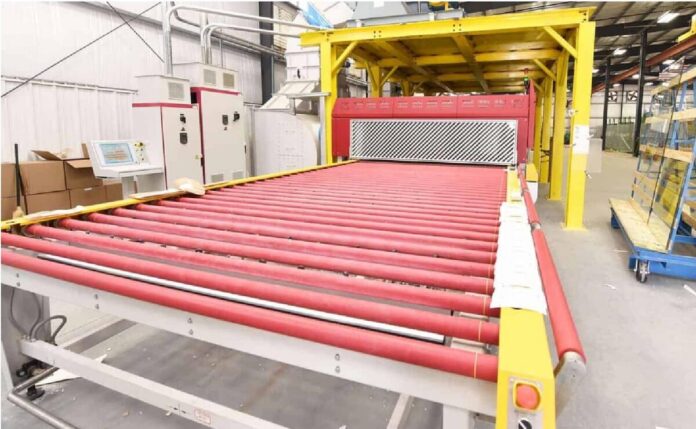If you’re in the market for a new heating system, you may want to consider the benefits of a chemical tempering furnace. These specialized furnaces are specifically designed to heat metals and alloys using a chemical reaction between heated gas and metal salts. This method is effective and efficient, and it has several advantages over ordinary furnaces. We’ll look at some of the benefits of employing a chemical tempering furnace in this blog post.
What Is Chemical Tempering?
Chemical tempering is a process used to treat metal components to improve their hardness, strength, and wear resistance. It is usually done in a specialized furnace, with temperatures ranging from 500°C to 800°C. The process involves heating the metal in a controlled environment and then quenching it in a solution.
The resulting material has improved mechanical properties, such as increased tensile strength, increased fatigue strength, and better resistance to corrosion and wear. The process can be applied to various types of metals, such as steel, aluminum, titanium, brass, and copper. The goal of chemical tempering is to create a material that is stronger and more durable than the original material.
The result of this process is a material that is much stronger and more durable than the original material. Chemical tempering is often used for components that are subject to high levels of stress or wear, such as valves and automotive parts. It can also be used on specialty items such as surgical instruments and aircraft components.
How Does It Work?
Chemical tempering is a heat-treating process used to improve the strength and durability of metals. The process involves heating metal to its critical temperature and then cooling it very quickly in a bath of salt or a liquid, such as water. This rapid cooling process increases the hardness of the metal and increases its resistance to corrosion and wear.
During the tempering process, the molecules in the metal become more closely packed, and the metal’s microstructure changes. This results in a stronger and more durable metal that can sustain higher levels of stress. Furthermore, tempering can improve metal ductility, making it easier to mold and shape into desirable shapes.
Tempering normally necessitates the use of specialist equipment, such as chemical tempering furnaces. The metal is heated to its critical temperature in an enclosed chamber in these furnaces. Once the metal has reached the right temperature, a chemical solution is sprayed on it to swiftly cool it.
The Benefits
Chemical tempering furnaces offer a number of advantages that make them attractive to manufacturers and other users. The most obvious benefit is the ability to create a uniform heat distribution over the entire part. This is important because it allows for consistent heating and cooling of parts, resulting in fewer defects and improved product quality. Additionally, chemical tempering furnaces can also provide cost savings, as they are typically more energy efficient than traditional furnace designs.
Another benefit of chemical tempering is that it can provide a higher level of strength and durability. The process of chemical tempering creates a hardened surface on the parts that is more resistant to wear and tear, which can improve the longevity of the products. Finally, chemical tempering can reduce warping, cracking, and other issues that can arise from traditional heat treatments. By taking advantage of these benefits, users can realize a number of advantages, including improved part quality, cost savings, longer-lasting products, and less risk of defects.
Reap the Benefits of a Chemical Tempering Furnace
Chemical tempering furnaces are key tools for metal processing and other sectors requiring accuracy and control over metal heat treatment. The process is quick and consistent, producing consistent results with each application.
Read Also: Choosing the Perfect Decking Material for Your Home
Chemical tempering has several benefits, including higher final product durability and strength, more constant and equal heat distribution, better dimensional accuracy, increased surface hardness, lower stress levels in parts, and improved wear resistance. It also eliminates material waste, which allows for increased output. Overall, chemical tempering furnaces are a good alternative for metal processors searching for precision and efficiency.




































